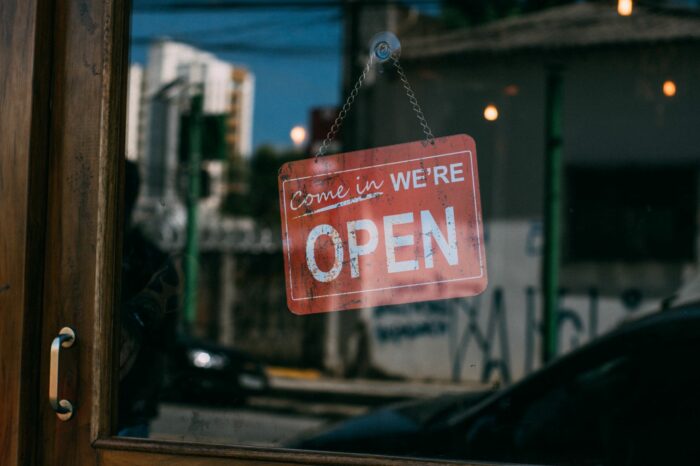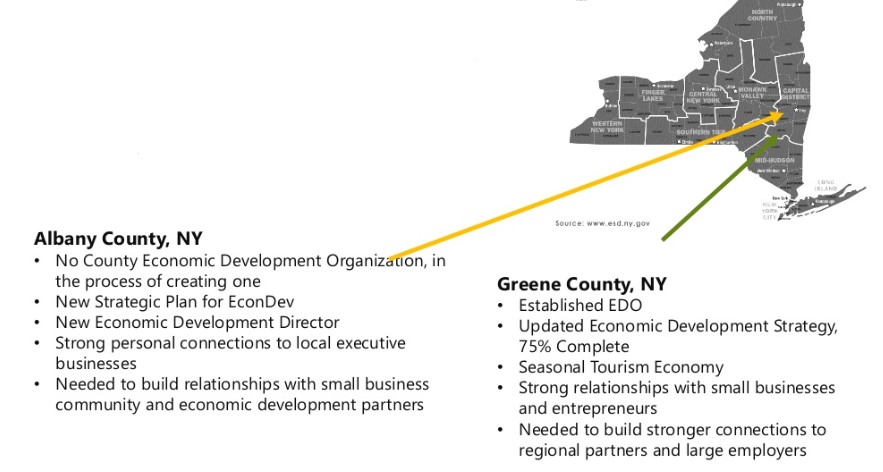What makes an economic development organization more or less effective in times of crisis?
Reflecting on her education in natural disaster mitigation and management, Christa Franzi from Camoin 310 talked to the Economic Development Council of Maine (EDCM) about the things that economic developers are being called to do as the COVID-19 crisis continues, and lessons for economic developers on leading effective economic response and recovery.
As one of our strategic partners and friends, Christa allowed us to repost and share some of her thoughts from that conversation here.
What’s being asked of the economic development community in response to COVID-19?
The economic development community is being leaned on heavily during these pandemic times. When disasters strike, economic developers are the first-line response for the business community. A steady flow of information and resources is critical for supporting emergency response and recovery. Most organizations are being asked for:
- Grants & Loans
- Tracking & Monitoring
- Economic Reopening & Recovery Plans
- Communicate. Connect. Collaborate.
- Facilitation of Business Innovation
- And more…
Economic development organizations that are most effective during crisis response and recovery at providing all they are asked for and more have an inclusive economic development and business ecosystem, a network built on trust. Also having established communication channels with businesses and stakeholders across the economy to share and collect information and resources has been critical over the past few months.
An overall strategy for economic development, along with a thorough understanding of the local economy and your organization’s role in the regional economy, is a common thread among those EDOs that are operating effectively during these uncertain times with the ability to make decisions and act on them. But above all else, as we move forward, a robust Business Retention and Expansion Program will be critical.
“Even if you thought you had a solid BR&E program, the COVID-19 pandemic undoubtedly exposed weaknesses. The crisis has created an opportunity for every EDO to improve their BR&E program.”
Know the strengths and weaknesses of your EDO’s network
Shown below are two very different communities with two different sets of strengths and weaknesses in terms of network connections. In times of crisis, when the ability to share information quickly is critical, having an awareness of the areas your organization has weaker connections can help you quickly identify partners who have strong connections to the audiences you need to reach.
Elements of a crisis response & recovery plan
Every crisis response and recovery plan is different, but there are a few key elements that every plan should contain:
- Clearly define team roles and responsibilities
- List actions that have been, and will be taken
- Connect actions with strategic planning initiatives and both short and long-term EDO priorities
- Identify online hub for current information and updates
- Clear health and safety guidelines for reopening by sector
- Profile of pre-crisis economy to set baseline metrics and milestones
- Conducting, or building from an existing, SWOT or Issues and Opportunities analysis is a good place to start this process.
Key takeaways
Disruption is an opportunity to help the businesses in your community innovate and create new market opportunities. Take the first step of conducting a “recovery SWOT” for your economic development organization, then pivot your existing projects and initiatives to be part of that response and recovery. And most importantly right now, step up your Business Retention and Expansion efforts. With these key takeaways, your organization — and your community — can and will recover from this pandemic and be ready to open for business safe and strong.








